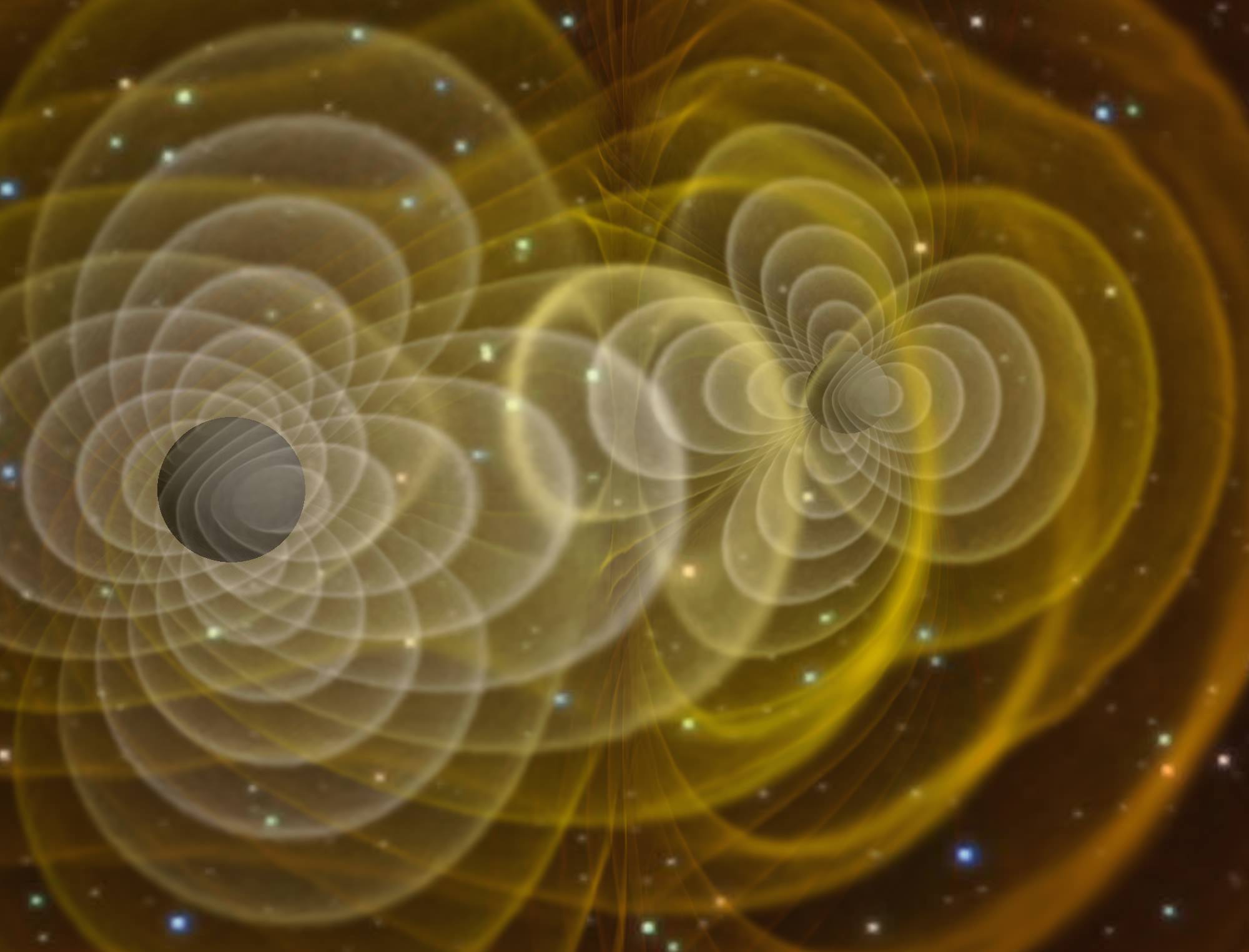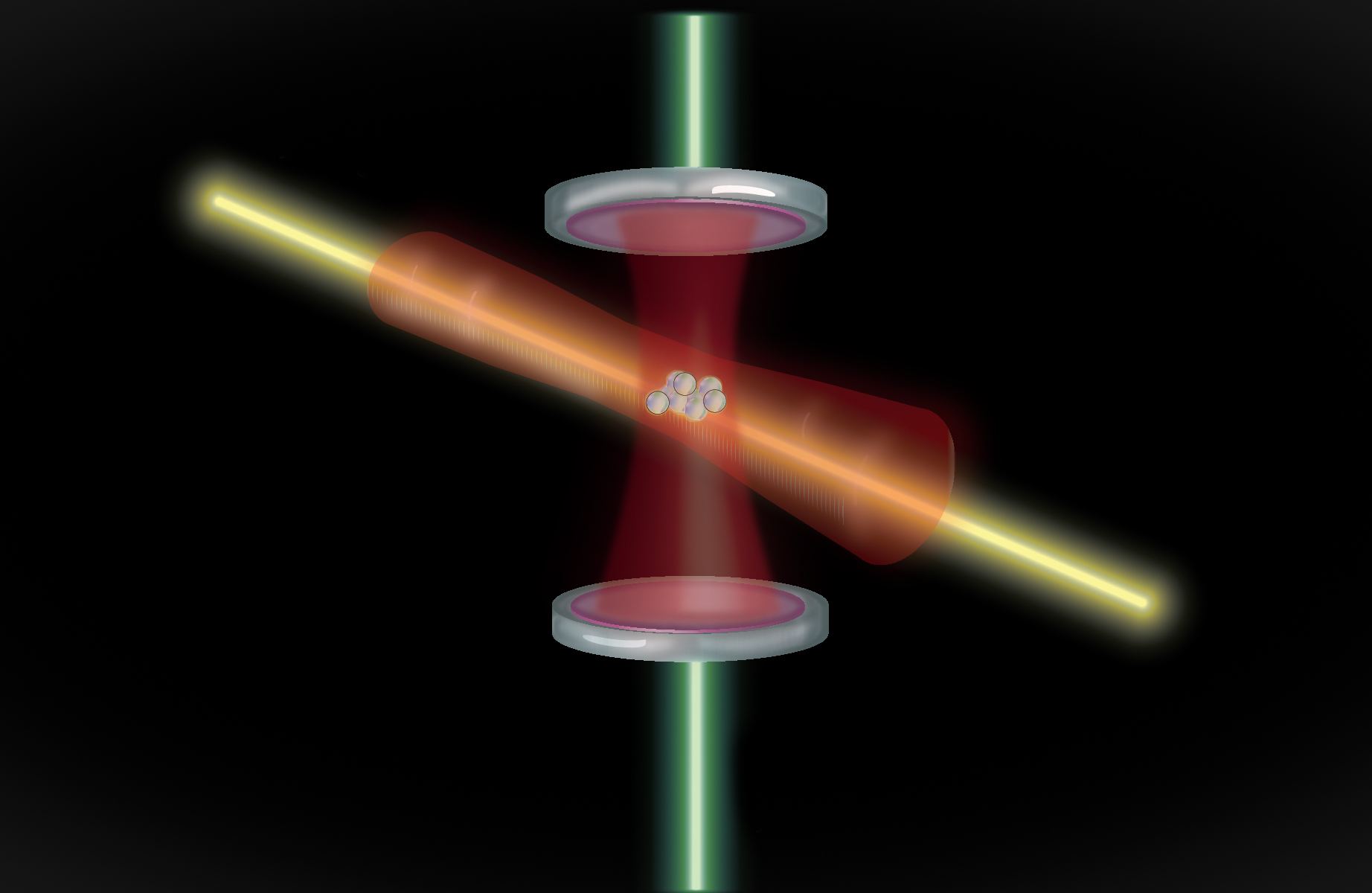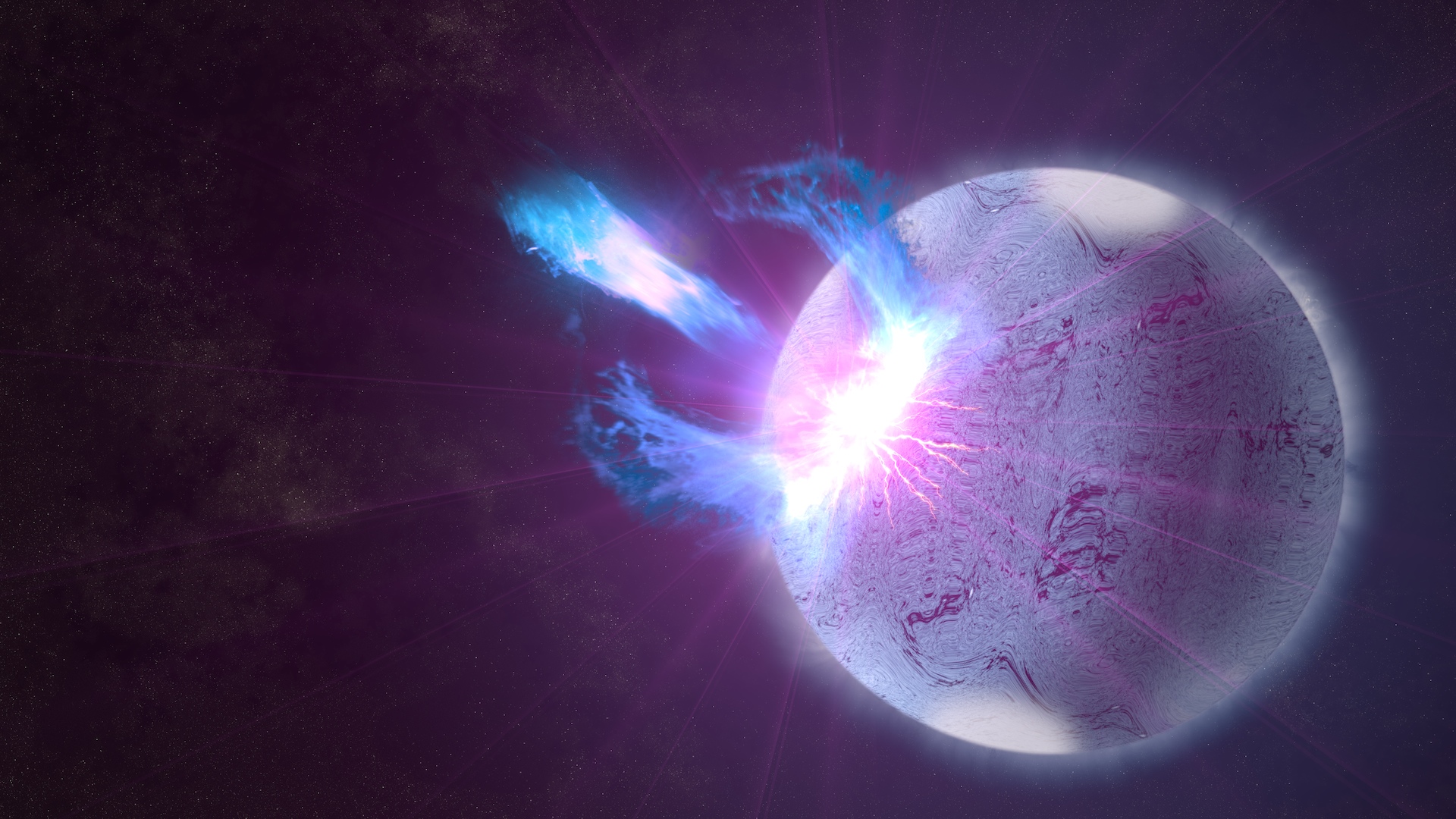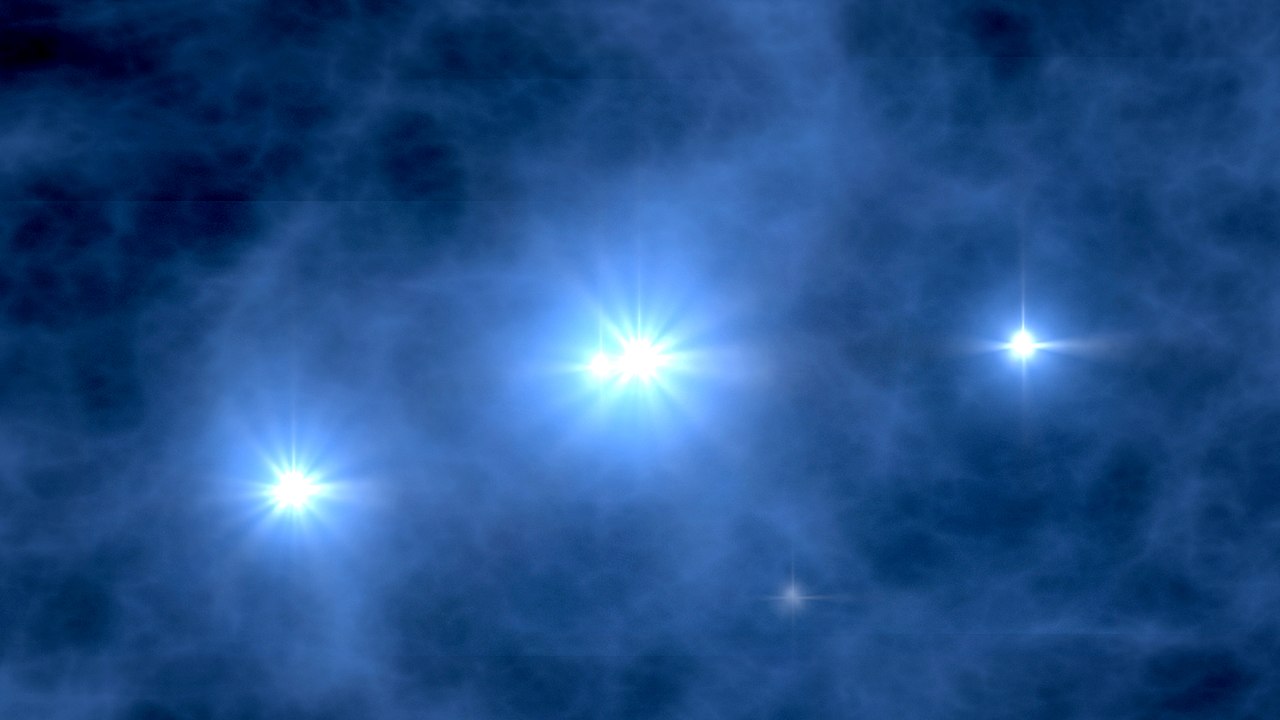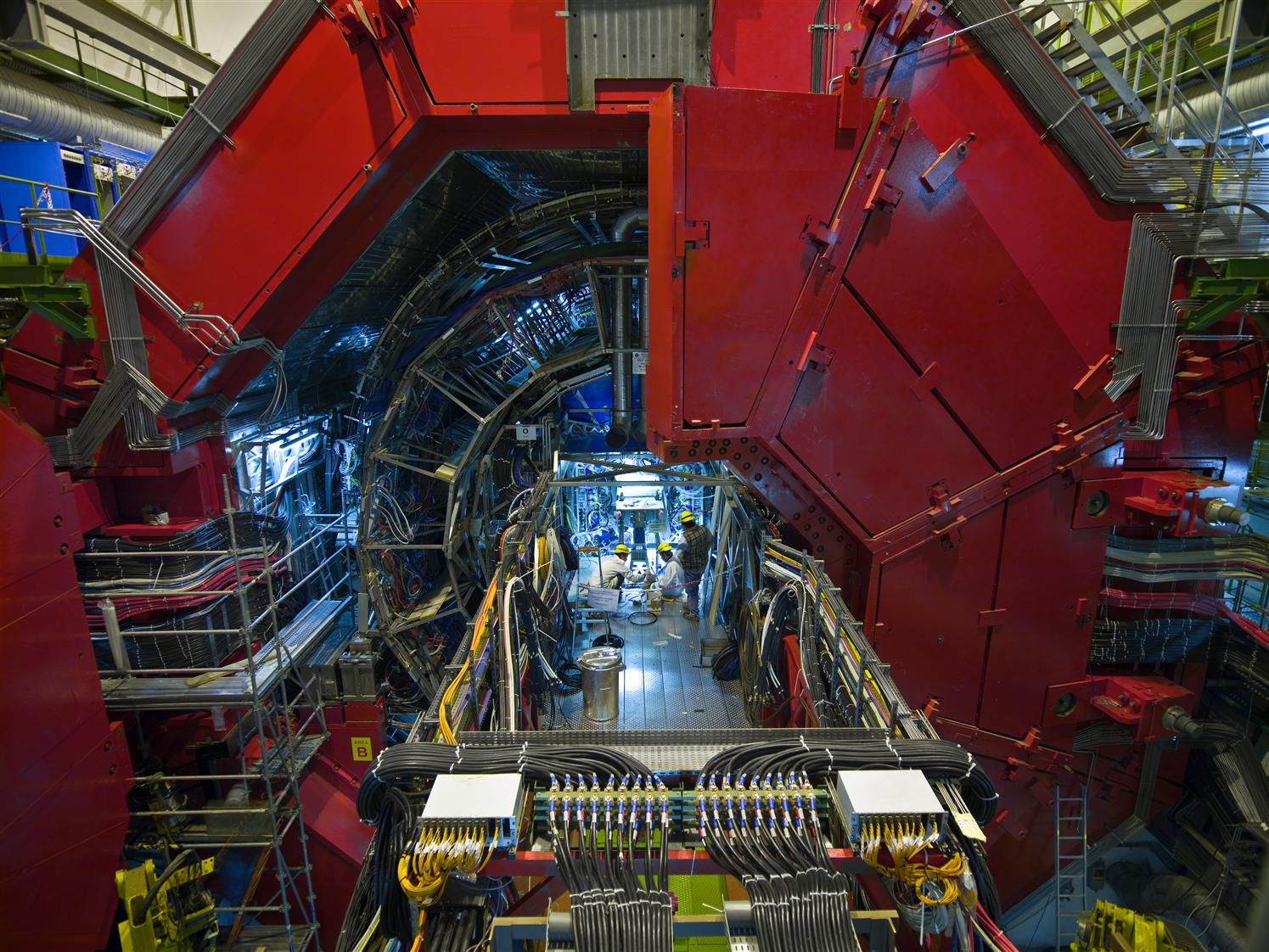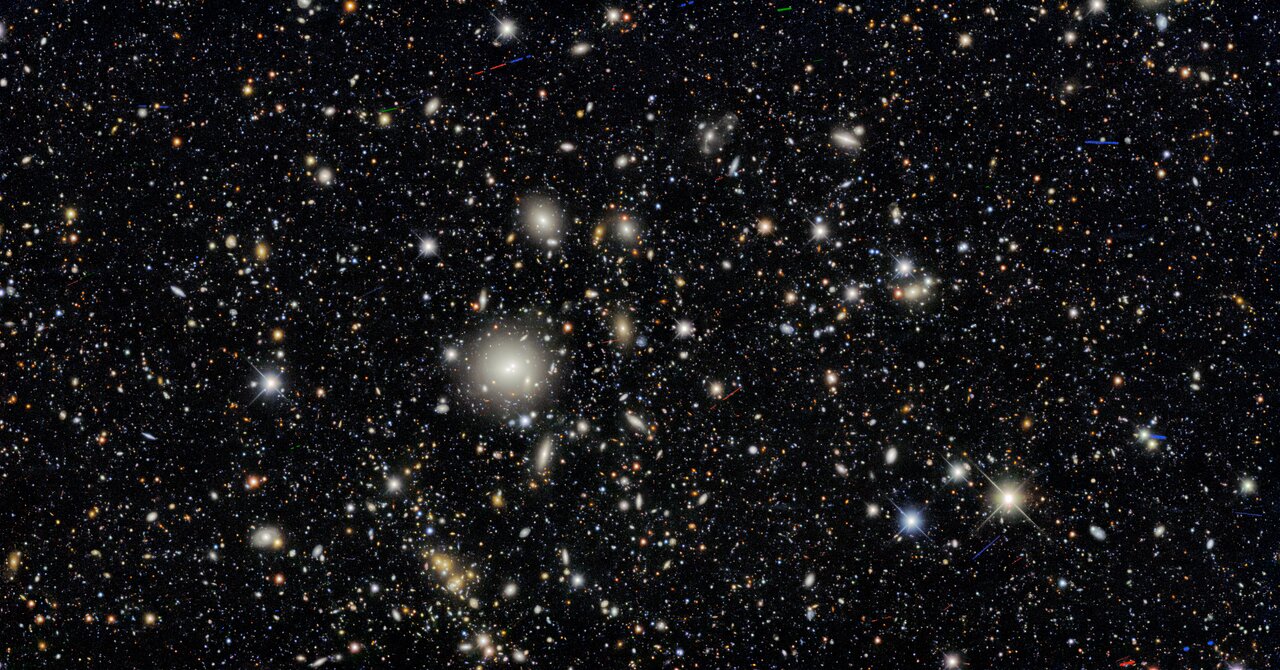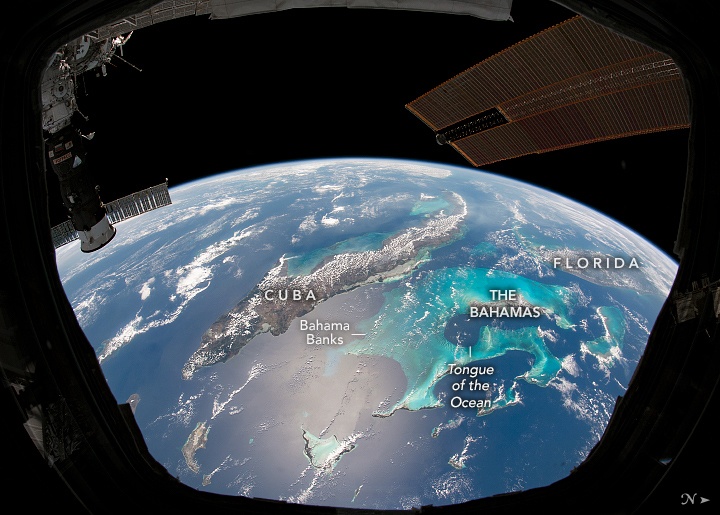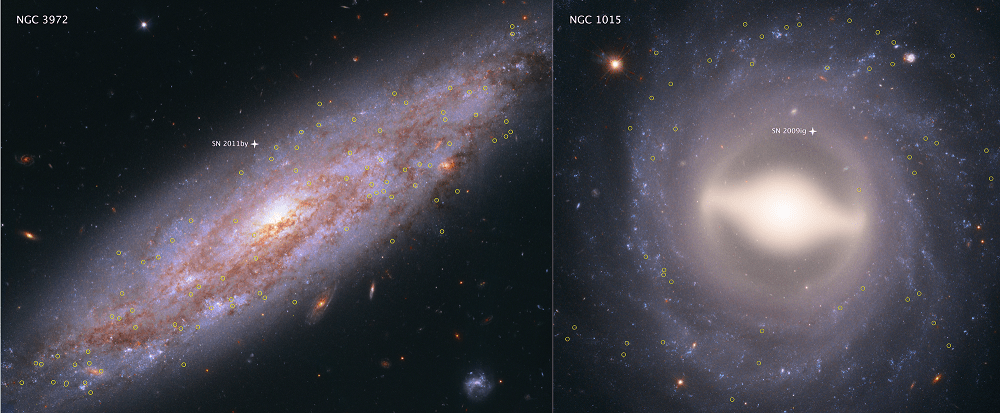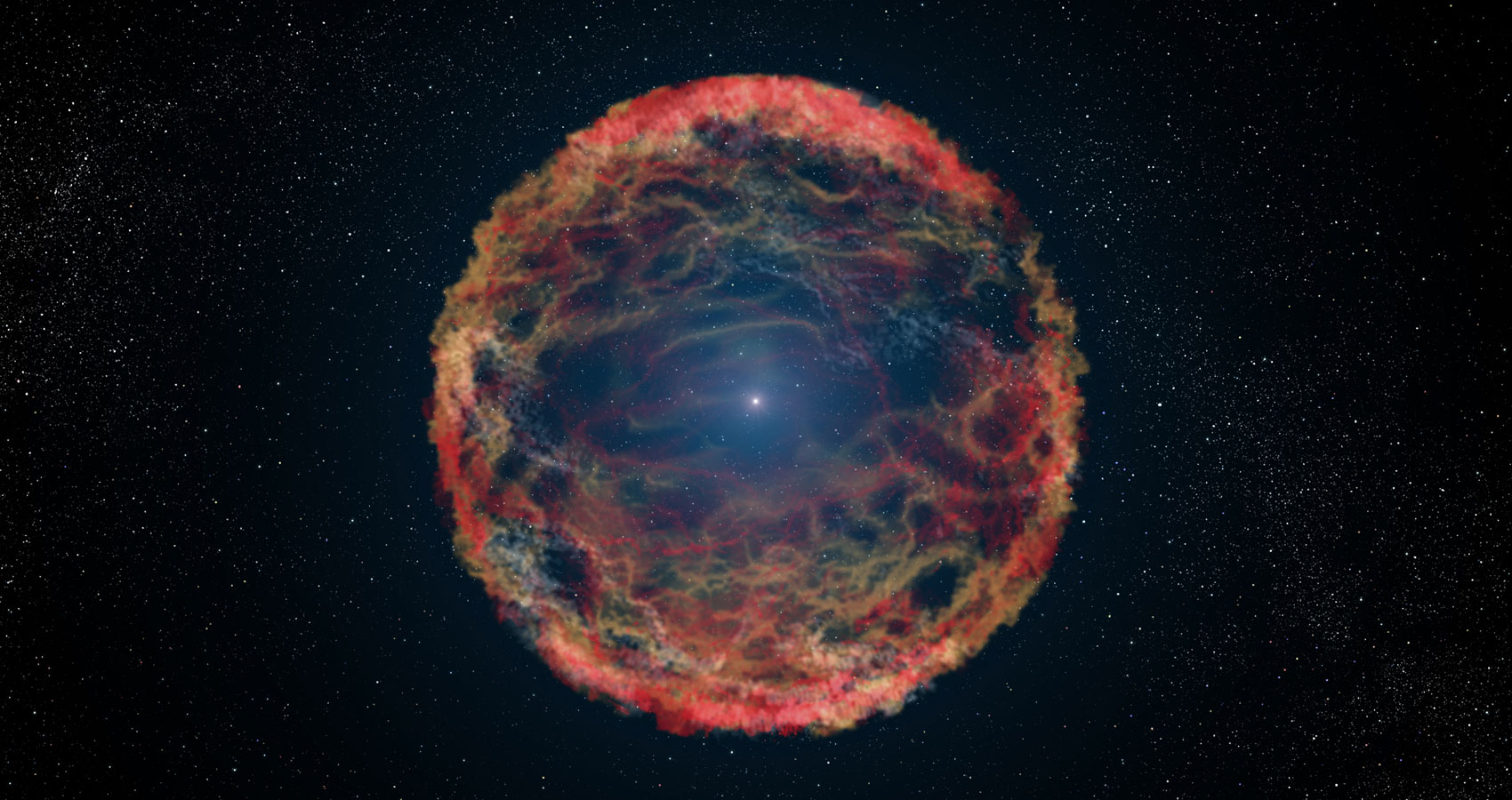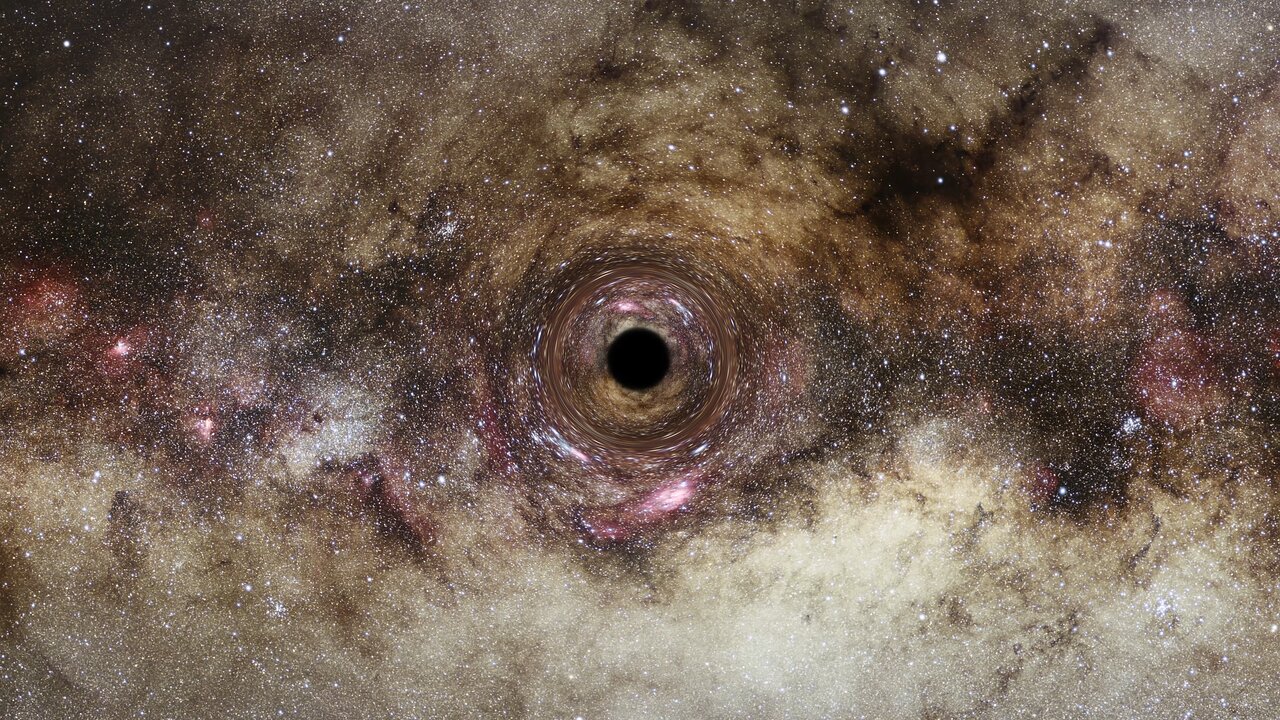The theory of relativity is at once simple and elegant but also maddeningly nonintuitive. There’s no need to get into the full guts and glory of that theory here, but there is one feature of Einstein’s work that takes center stage, and would eventually lead him into a complete reshaping of Newton’s gravity, altering our very conceptions of the fabric of the universe.
Continue reading “Is Anything Absolute with Relativity?”Is Anything Absolute with Relativity?
